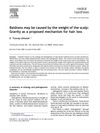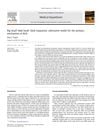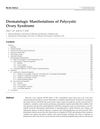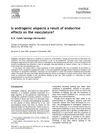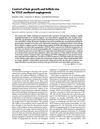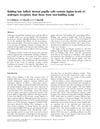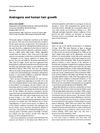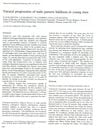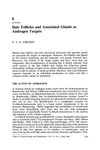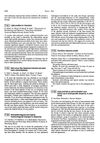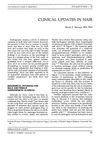Androgenic Alopecia: A Counterproductive Outcome of the Anabolic Effect of Androgens
May 2009
in “
Medical Hypotheses
”
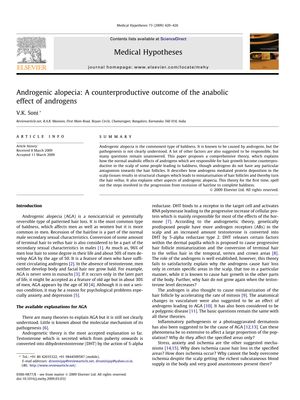
TLDR Male pattern baldness is an unintended side effect of the body's use of androgens for muscle growth, especially in those genetically prone to it.
The 2009 document hypothesizes that androgenic alopecia (AGA), commonly known as male pattern baldness, is an unintended consequence of the anabolic effects of androgens. Androgens, which usually stimulate hair growth, paradoxically lead to hair loss in AGA by causing protein deposition in scalp tissues, leading to hair follicle miniaturization and the transformation of terminal hair into vellus hair. This is particularly pronounced in genetically predisposed individuals who have more androgen receptors in the scalp, resulting in increased activity of dihydrotestosterone (DHT) and hair loss in specific areas. The paper suggests that the normal anabolic effects of androgens become counterproductive due to the dense subcutaneous layer of the scalp and decreased fat content post-puberty, which compresses vessels and nerves, reducing blood and nerve supply, and initiating atrophic changes. This creates a vicious cycle of supply reduction and permanent follicle miniaturization. The paper also notes that AGA is difficult to reverse due to these structural changes and the vicious cycle, and that the condition is not simply exacerbated aging but involves specific local causes. The severity of AGA is influenced by the amount of androgens, the enzyme 5-alpha-reductase, androgen receptors, and their sensitivity, as well as other biological and mechanical factors. The paper concludes that further research is needed to fully understand the mechanisms by which androgens cause scalp hair loss, despite promoting hair growth elsewhere on the body.
